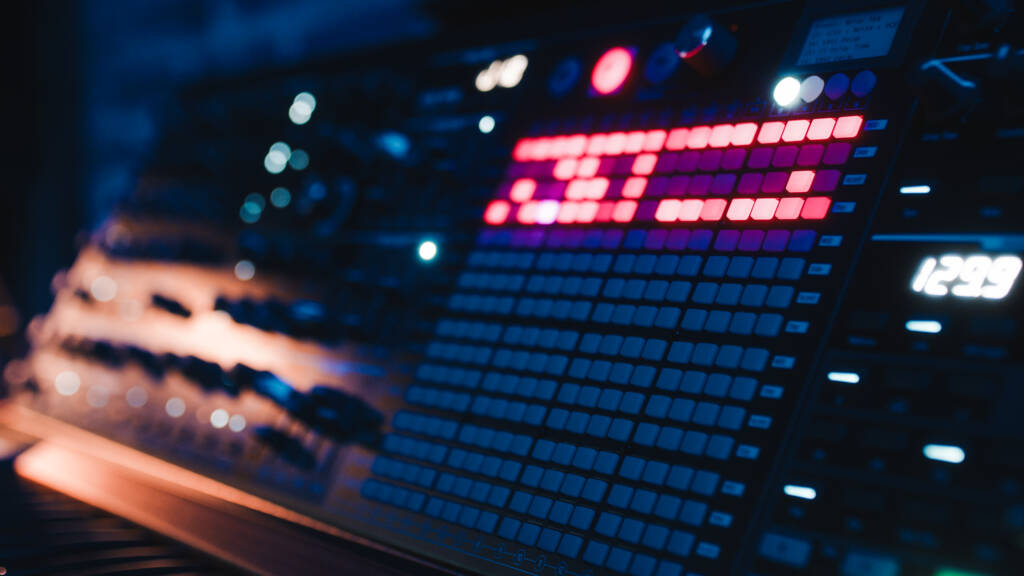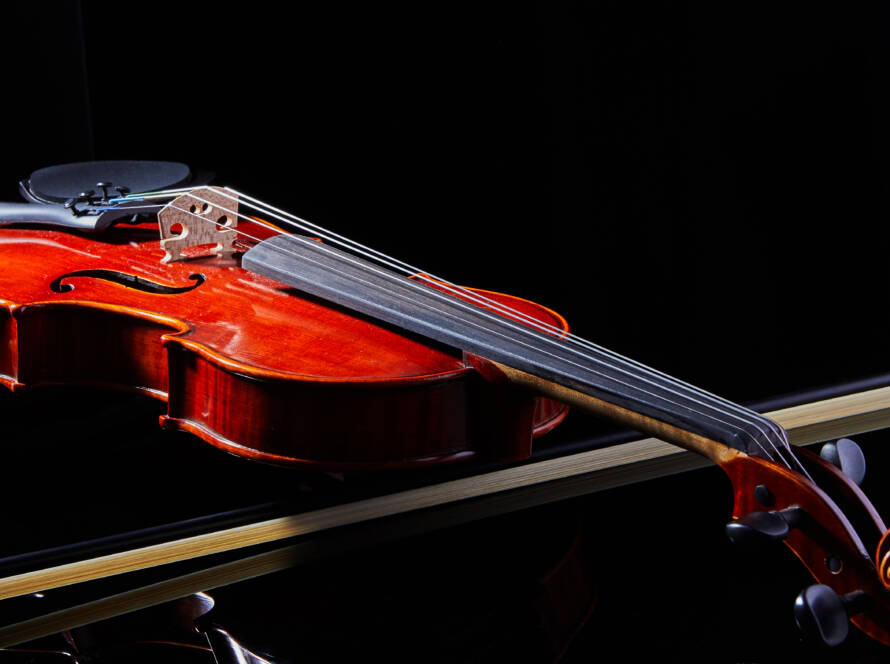In the world of film scores, there has been a fascinating evolution in the use of musical styles and instruments. Today, more and more composers are turning to synthesizers and contemporary music as a way to create unique and refreshing soundscapes that perfectly complement the storylines they’re accompanying. By merging these modern elements with traditional instruments and orchestral arrangements, composers are pushing the boundaries of what film scores can be, and in turn, captivating audiences around the world.
A Brief History of Synthesizers in Film Scores
The introduction of synthesizers in film dates back to the 1950s when electronic music pioneers such as Bebe Barron and Louis Barron experimented with their use in movies like “Forbidden Planet.” However, it wasn’t until the 1970s that synthesizers became a more prominent part of film scores, thanks to musicians like Walter Carlos, who adapted classical pieces for synthesizer in Stanley Kubrick’s “A Clockwork Orange.” As technology advanced, synthesizers continued to gain popularity in movie soundtracks – most notably during the 1980s with iconic examples like Vangelis’ score for “Blade Runner” and Giorgio Moroder’s music for “Midnight Express.”
Merging Old and New: The Power of Combining Synthesizers and Acoustic Instruments
While traditional orchestral film scores still have their place, many modern composers are now utilizing both synthesizers and acoustic instruments to create fresh-sounding soundscapes. This fusion often results in a rich sonic tapestry that enhances the film’s storytelling.
One prominent example is Hans Zimmer’s work on Christopher Nolan’s films like “Inception” and “Interstellar.” Zimmer effortlessly combines electronic sounds with sweeping orchestral arrangements, creating an immersive experience that transports viewers into another world. Another noteworthy composer is Jonny Greenwood, guitarist for the band Radiohead. Greenwood has masterfully crafted film scores for movies like “There Will Be Blood” and “The Phantom Thread,” using a mix of electronic, orchestral, and contemporary music elements to create a distinct and memorable cinematic sound.
The Benefits of Using Synthesizers and Contemporary Music in Film Scores
By merging synthesizers and contemporary music with traditional film scoring techniques, composers can achieve several benefits:
1. Versatility: Synthesizers offer a vast range of sounds that can help composers tailor their scores to the specific needs of a scene or mood.
2. Innovation: Merging modern music styles with orchestral arrangements allows for the exploration of new textures and sonic possibilities, resulting in unique and captivating scores.
3. Emotional impact: The blend of electronic and acoustic instruments can elicit strong emotional responses from audiences, heightening the overall impact of the film’s story.
In conclusion, the use of synthesizers and contemporary music styles in film scores has opened up an exciting new avenue for composers looking to create something new and refreshing. By blending modern techniques with traditional orchestral arrangements, these innovative scores have become an integral part of filmmaking – enhancing storytelling and captivating audiences worldwide.



